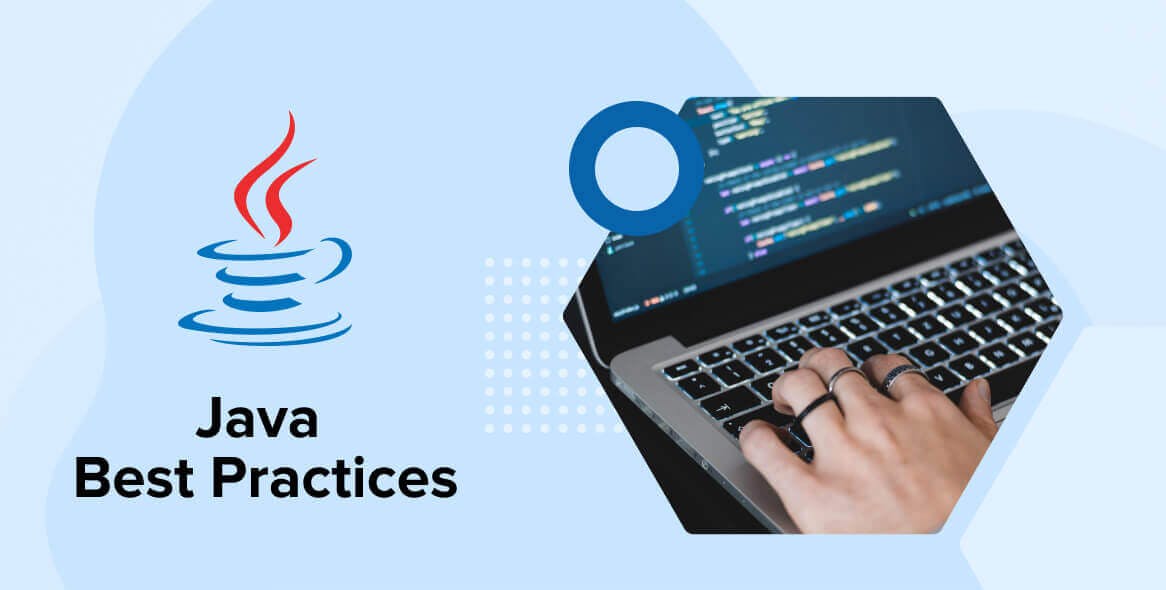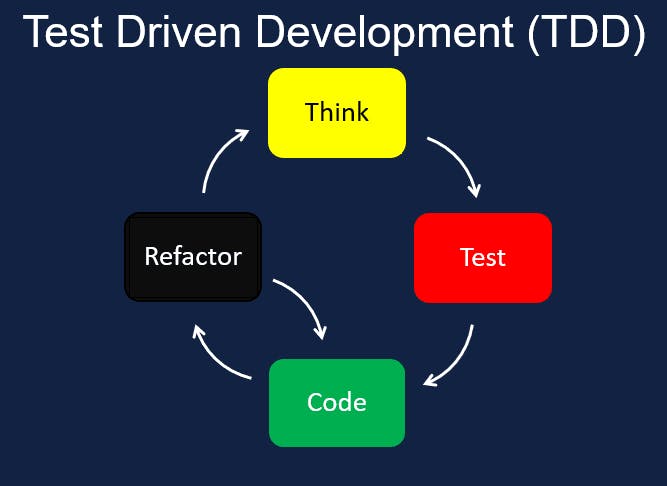Java Best Practices: Code Quality and Standards
Introduction:
Java has long been one of the most popular programming languages, thanks to its versatility, scalability, and robustness. However, the quality of Java code can vary significantly depending on the practices and standards followed during development. In this article, we'll delve into best practices and standards for ensuring high-quality Java code that is maintainable, efficient, and bug-free.

Follow Coding Conventions and Naming Conventions:
Consistent coding and naming conventions are essential for enhancing code readability and maintainability. Adhering to established conventions, such as those outlined in the Java Code Conventions, helps ensure that code is easily understandable by other developers. Some key points include:
Use meaningful and descriptive names for variables, methods, and classes.
Follow camelCase for naming variables and methods, and PascalCase for class names.
Indent code properly and use whitespace to enhance readability.
Use comments judiciously to explain complex logic or important considerations.
Utilize Object-Oriented Principles:
Java is an object-oriented language, and leveraging its principles can lead to cleaner, more modular code. Some key principles to keep in mind include:
Encapsulation: Encapsulate data within classes and provide controlled access through methods, thus promoting information hiding and reducing dependencies.
Inheritance: Use inheritance judiciously to promote code reuse and establish hierarchical relationships between classes.
Polymorphism: Leverage polymorphism to write more flexible and extensible code by allowing objects to be treated as instances of their parent class.
Write Modular and Cohesive Code:
Breaking down code into smaller, cohesive modules improves maintainability and facilitates code reuse. Consider the following practices:
Follow the Single Responsibility Principle (SRP), ensuring that each class or module has a single, well-defined responsibility.
Aim for high cohesion within modules, meaning that the elements within a module should be closely related and contribute to a single purpose.
Reduce coupling between modules by minimizing direct dependencies and favoring abstractions such as interfaces.
Ensure Error Handling and Exception Management:
Effective error handling is crucial for robust Java applications.
Consider the following guidelines:
Always handle exceptions gracefully, using try-catch blocks where appropriate.
Use specific exception types rather than catching generic exceptions to handle different error scenarios appropriately.
Log exceptions and errors with relevant information to aid in debugging and troubleshooting.

Perform Unit Testing and Test-Driven Development (TDD):
Unit testing plays a vital role in verifying the correctness of Java code and detecting bugs early in the development process. Key practices include:
Write comprehensive unit tests for individual components or modules, covering both normal and edge cases.
Adopt Test-Driven Development (TDD) practices, where tests are written before the corresponding code, ensuring that code is designed to be testable from the outset.
Utilize testing frameworks like JUnit or TestNG to automate test execution and streamline the testing process.
Embrace Code Reviews and Collaboration:
Code reviews offer valuable opportunities for identifying issues, sharing knowledge, and maintaining coding standards across the team. Consider the following:
Conduct regular code reviews to ensure adherence to coding standards, identify potential bugs, and share best practices.
Encourage constructive feedback and discussion during code reviews, fostering a culture of collaboration and continuous improvement.
Use tools and plugins to facilitate code reviews, such as GitHub's pull request feature or dedicated code review tools like Crucible.
Optimize Performance and Efficiency:
Efficient Java code is not only about functionality but also about performance.
Consider these optimization techniques:
Profile code to identify performance bottlenecks and areas for optimization.
Use data structures and algorithms tailored to the specific requirements of your application to improve performance.
Minimize object creation and unnecessary resource allocation to reduce memory overhead and improve garbage collection efficiency.
Document Code Effectively:
Comprehensive documentation is essential for understanding code functionality, usage, and potential pitfalls. Consider the following documentation practices:
Document public APIs, classes, methods, and significant code segments using appropriate documentation tools like Javadoc.
Provide clear explanations of the purpose, parameters, return values, and potential exceptions of methods and classes.
Keep documentation up-to-date, reflecting changes and updates to the codebase accurately.
Conclusion:
In addition to following best practices, aspiring Java developers can further enhance their skills through comprehensive training courses. Java Training Course in Kanpur, Dehradun, Agra, Kolkata, Noida and other cities in India. These courses provide hands-on experience, in-depth knowledge, and practical insights into Java development, covering topics such as coding standards, design patterns, frameworks, and more. By enrolling in such courses, developers can accelerate their learning journey, stay updated on emerging trends, and gain the expertise needed to excel in the competitive field of Java development.